The Falcon
Anne’s identification as ‘the white falcon’ has its origins in the heraldic crests of the Butlers, earls of Ormonde. In 1529, Thomas Boleyn was recognised as the Butler heir and the falcon appears as a crest on his brass in Hever Church (Ives, pg. 221).
Around the time of Anne’s marriage to Henry she was given or “adopted a badge of her own, a white falcon but this time alighting, and alighting on roses.” (Ives, pg. 221)
Eric Ives describes the meaning behind the badge: “With the advent of Anne, already pregnant, life would once more burst forth from the apparent barrenness of the Tudor stock.” (Pg. 221)
At Anne’s coronation, a child delivered these powerful words (scripted by Nicholas Udall and John Leland):
Honour and grace be to our Queen Anne,
For whose cause an Angel Celestial
Descendeth, the falcon (as white as [the] swan)
To crown with a diadem imperial!
In her honour rejoice we all,
For it cometh from God, and not of man.
Honour and grace be to our Queen Anne!
(Ives, pg. 221)
The message is clear; Queen Anne Boleyn had been placed on the throne by God and not by Henry VIII.
Udall also wrote this ballad about the falcon (that is, Anne):
Of body small,
Of power regal
She is, and sharp of sight;
Of courage halt,
No manner fault.
Is in this falcon white.
(Ives, pg. 222-223)
In heraldry, it is commonly accepted that the falcon symbolises “one who does not rest until the objective is achieved.” This is a perfect symbol then for Anne considering all she endured to reach the throne.
The Tree Stump
The tree stump, a ‘centuries-old royal badge’, apart from symbolising Henry’s past barrenness that Anne would now remedy, alluded to Henry’s rightful place on the throne of England and rightful heir to the medieval Plantagenets.
The Roses
 This is further elaborated in the roses growing from the stump, as they are not in fact Tudor roses, combining both red and white petals, instead they are separate red and white flowers.
This is further elaborated in the roses growing from the stump, as they are not in fact Tudor roses, combining both red and white petals, instead they are separate red and white flowers.
The red rose of Lancaster and the white rose of York and Henry’s rightful claim through his Lancastrian father, Henry of Richmond and his Yorkist mother, Elizabeth of York (Ives, pg. 222).
The Crown
The crown on Anne’s falcon served two purposes: firstly, it alluded to Anne’s impending coronation and secondly, the fact that it was an ‘imperial’ crown “was a deliberate allusion to the claims Henry had recently emphasised that he had the powers of an emperor in his own kingdom and so was entitled to reject papal authority.” (Ives, pg. 222)
The Sceptre
The sceptre held by the falcon is a sign of Anne and Henry’s royalty and authority given to them by God.
References:
Ives, E. The Life and Death of Anne Boleyn, 2004.
Anne Boleyn and Henry VIII’s Private Motif- Honeysuckle & Acorns
At some point during their relationship Anne Boleyn and Henry VIII adopted honeysuckle and acorns as a private motif (Ives, Pg. 243). It is unclear as to when exactly it was adopted and whether they adopted the symbol separately or together but what is clear is that it featured regularly in palace furnishings. Honeysuckle has […]
Anne Boleyn’s Mottoes
A reader recently wrote in asking me whether I knew if Anne Boleyn had adopted any other mottoes apart from “The Moost Happi” in her lifetime. I did a little research but have to say that I didn’t come across a lot of information about Anne’s mottoes. Most of what I did find came from […]
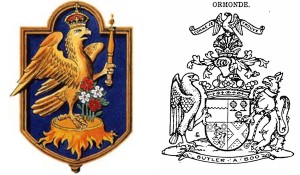
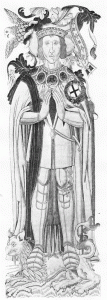
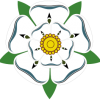

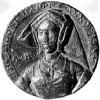

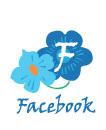
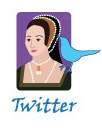




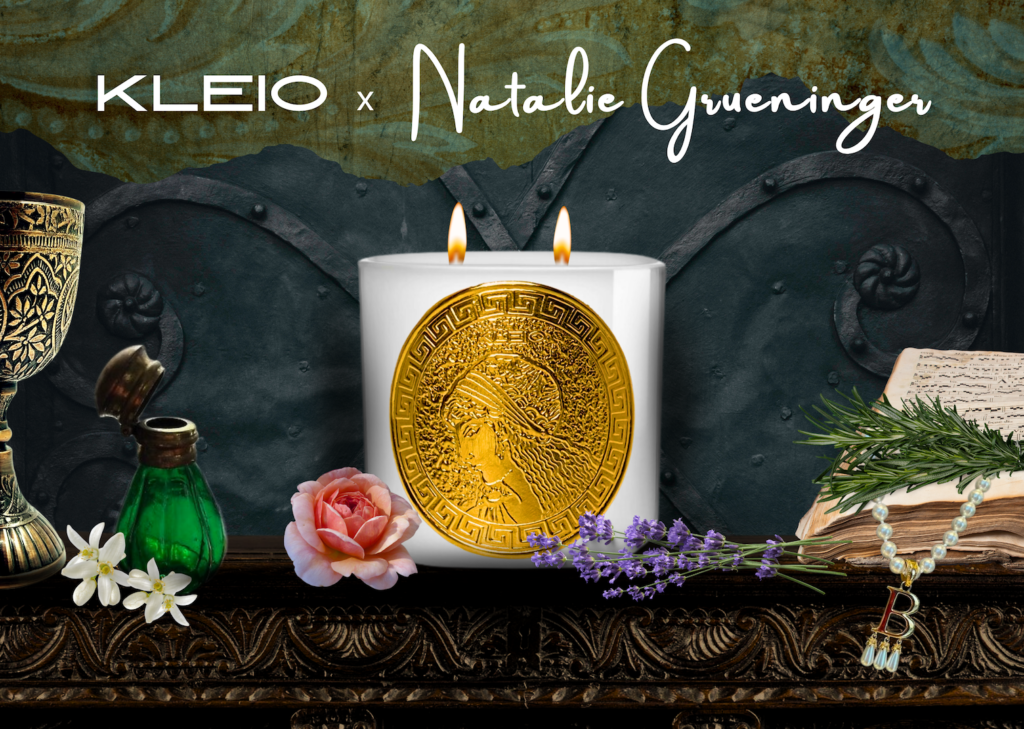













I personally love Anne’s badge, it is just beautiful!
I love the Udall ballad, so very fitting
Really is perfect!
A pair of hawks live in my neighborhood, and occasionally visit my backyard. I decided to name them
Henry and Anne, since they are such powerful and regal birds, and because Anne’s crest has the falcon in it. I don’t know if it’s true, but according to The Tudors TV series, Anne’s father told her that her eyes were “dark hooks for the soul”. In the show, while he is saying this, they are standing in his falconry yard, and he has a large hawk perched on his wrist. The hawk’s talons (hooks) are her main weapons. So the name seems a perfect fit. Also, hawks mate for life, but when one of the pair dies, its spouse is quickly replaced. Like good old Henry! I just love all the stories, real and fictional, about the Tudor era!